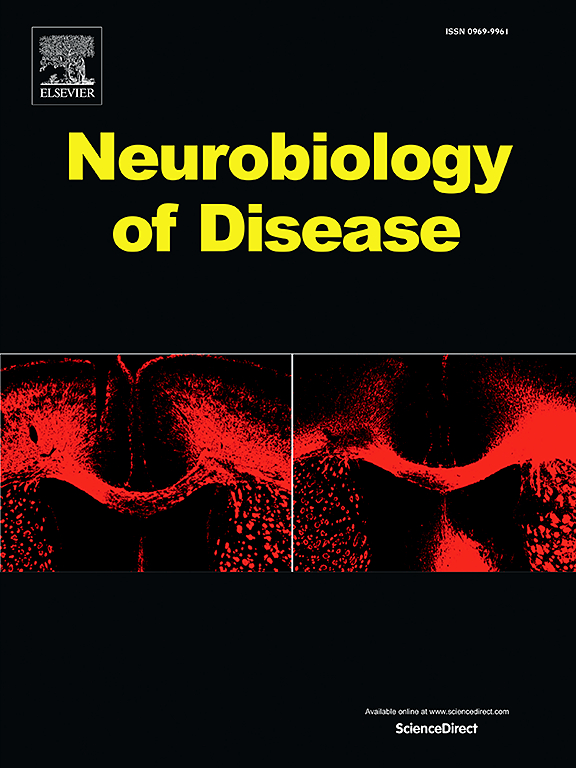Ezrin, a novel marker of ependymal cells, can be used to demonstrate their proliferation regulation after spinal cord injury in mice
IF 5.1
2区 医学
Q1 NEUROSCIENCES
引用次数: 0
Abstract
Ependymal cells (EpCs), as a potential stem cell niche, have gained interest for their potential in vivo stem cell therapy for spinal cord injury (SCI). Heterogeneity of spinal EpCs may contribute to differences in the ability of spinal EpCs to proliferate, differentiate and transition after injury, while there is limited understanding of the regulation of these events. Our research found that ezrin (Ezr) was expressed highly in EpCs of the spinal cord, and its upregulation rapidly occurred after injury (6 h). It remained consistently highly expressed in proliferating EpCs, this occurs before pathological accumulation of it occurs in other glial and immune-related cells. Differential expression of Ezr, Arg3, Pvalb, Ccnd1, and Gmpr characterized distinct responses of EpCs to injury activity. Also, we uncovered the dynamic regulatory behavior of immature EpCs after injury. In contrast to constitutive expression in parenchymal tissues, injury factors upregulated guanosine monophosphate reductase (Gmpr) in arrested EpCs, unveiling a distinctive mechanism to regulate proliferation in EpCs following spinal cord injury.
小鼠脊髓损伤后,可以用附肢细胞的新型标记物 Ezrin 来证明它们的增殖调节能力
脊髓内膜细胞(EpCs)作为一种潜在的干细胞龛位,因其潜在的体内干细胞疗法治疗脊髓损伤(SCI)而备受关注。脊髓EpCs的异质性可能导致脊髓EpCs损伤后增殖、分化和转化能力的差异,而人们对这些事件的调控了解有限。我们的研究发现,ezrin(Ezr)在脊髓 EpCs 中高度表达,并且在损伤后(6 小时)迅速上调。在其他神经胶质细胞和免疫相关细胞出现病理积累之前,Ezrin在增殖的EpCs中始终保持高表达。Ezr、Arg3、Pvalb、Ccnd1 和 Gmpr 的差异表达表征了 EpCs 对损伤活动的不同反应。此外,我们还发现了未成熟 EpCs 在损伤后的动态调控行为。与实质组织中的组成型表达不同,损伤因素上调了受损EpCs中的单磷酸鸟苷还原酶(Gmpr),揭示了脊髓损伤后EpCs增殖的独特调控机制。
本文章由计算机程序翻译,如有差异,请以英文原文为准。
求助全文
约1分钟内获得全文
求助全文
来源期刊

Neurobiology of Disease
医学-神经科学
CiteScore
11.20
自引率
3.30%
发文量
270
审稿时长
76 days
期刊介绍:
Neurobiology of Disease is a major international journal at the interface between basic and clinical neuroscience. The journal provides a forum for the publication of top quality research papers on: molecular and cellular definitions of disease mechanisms, the neural systems and underpinning behavioral disorders, the genetics of inherited neurological and psychiatric diseases, nervous system aging, and findings relevant to the development of new therapies.
 求助内容:
求助内容: 应助结果提醒方式:
应助结果提醒方式:


